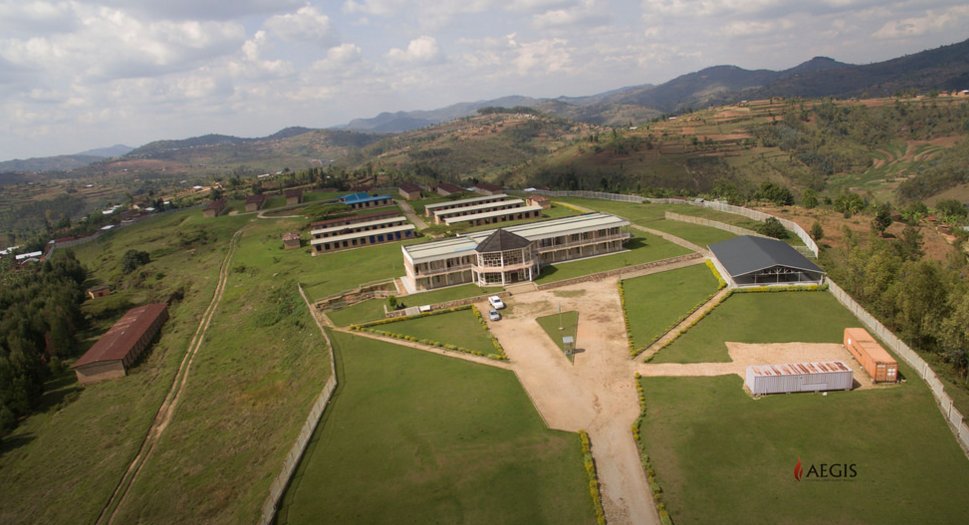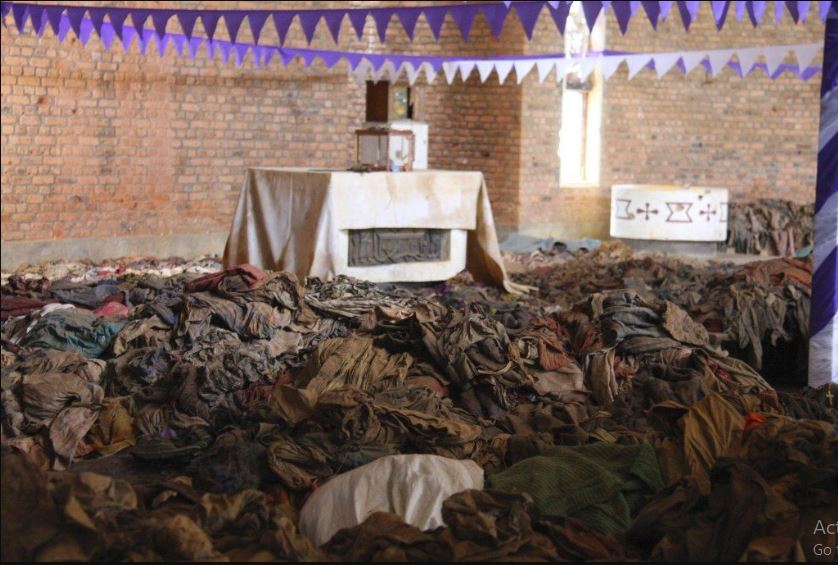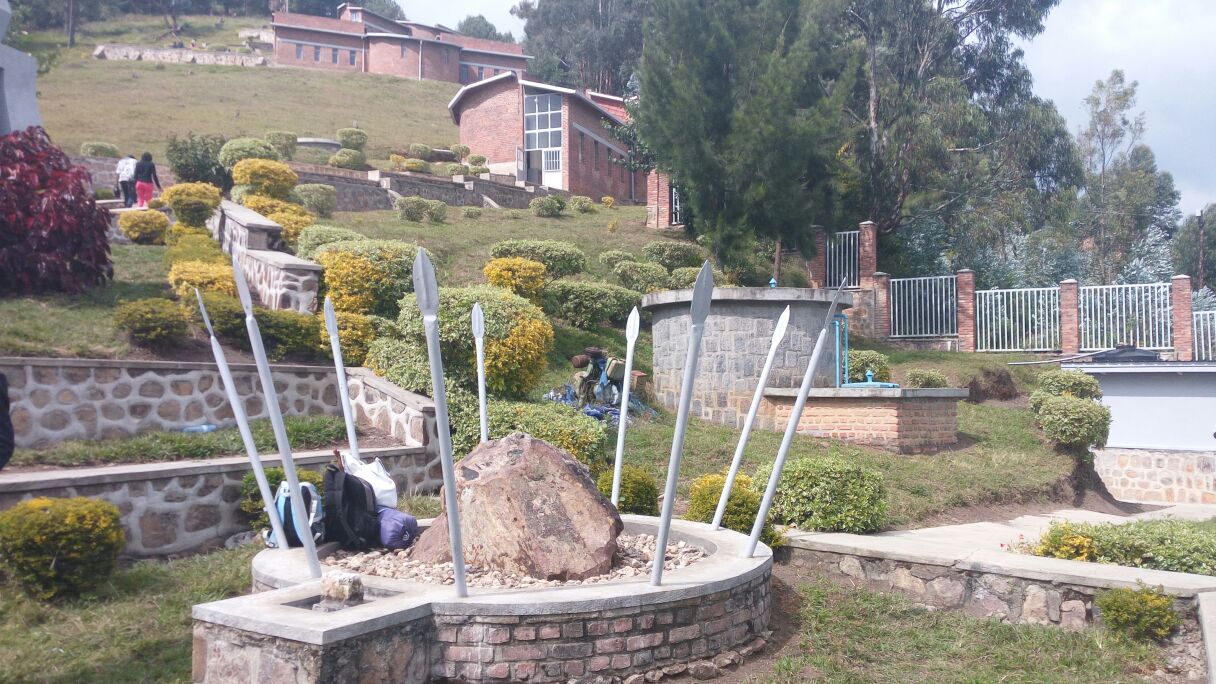
Kigali Genocide memorial
The United Nations Educational, Scientific and Cultural Organization (UNESCO) has added four Genocide memorial sites from Rwanda on the World Heritage List.
The decision was announced during the 45th UNESCO summit in Ryad-Saoudi Arabia.
Kigali Genocide memorial site, Bisesero Genocide memorial site, Murambi Genocide Memorial site and Nyamata Genocide memorial site are the latest addition on this list.
They are memorials where scores of victims of the 1994 Genocide against Tutsi lay to rest and all of them have distinctive characteristics that show the cruelty with which the Tutsi were slaughtered mercilessly, without sparing any one.
Kigali Genocide memorial in the heart of the capital city where more than 250,000 victims are laid to rest shows the animosity of the killers, including Interahamwe militia and extremist Hutu.
On top of this, the memorial, specifically located in Gisozi has explored all options of the Genocide history conservation, to an extent that whoever visits the site gets it all about the tragedy which cost life to over one million Tutsi within three consecutive months-April-early July.

Murambi Genocide memorial
Murambi from Nyamagabe, Southern Province where a technical school was under construction was a central place where the killers gathered all the Tutsi from across the province in a plan to kill them all.
Most particularly, Murambi can be an emblem of betrayal of a country which pretended to be on peace keeping mission, yet supported and facilitated the killers to exterminate the Tutsu.
Murambi was under Zone Tricquoise which was created by French peacekeepers. The latter watched the Tutsi die in Murambi and did nothing to stop the killings even at the neighboring Cyanika parish where a few survivors attempted to escape.
Last year, Laurent Bucyibaruta, then prefect of Gikongoro Prefecture was sentenced to 25 years in jail in France for role in the Genocide.

Nyamata Genocide memorial
Nyamata in Bugesera district, Eastern Province, will mostly show how the killers did not spare people in the place that were initially deemed “holy”. Scores of the Tutsi were killed inside the church, and, role of the priests cannot be neglected in this tragedy.
The church was kept as it was during the tragedy where the altar was paint with blood of the victims, but this happened to several other catholic churches across the country.
Bisesero memorial site in then Kibuye, Western Province is a direct demonstration of the France betrayal. The tutsi pleaded with the French peacekeepers to protect them, but they abandoned them.
The Tutsi sustained a strong defence against the killers who did not manage to kill them, not until the interahamwe and the then national defence army brought heavy weapons and overpowered them.

Bisesero Genocide memorial
The four sites were approved one day after Nyungwe National Park in the Southern Province was also approved yesterday.

